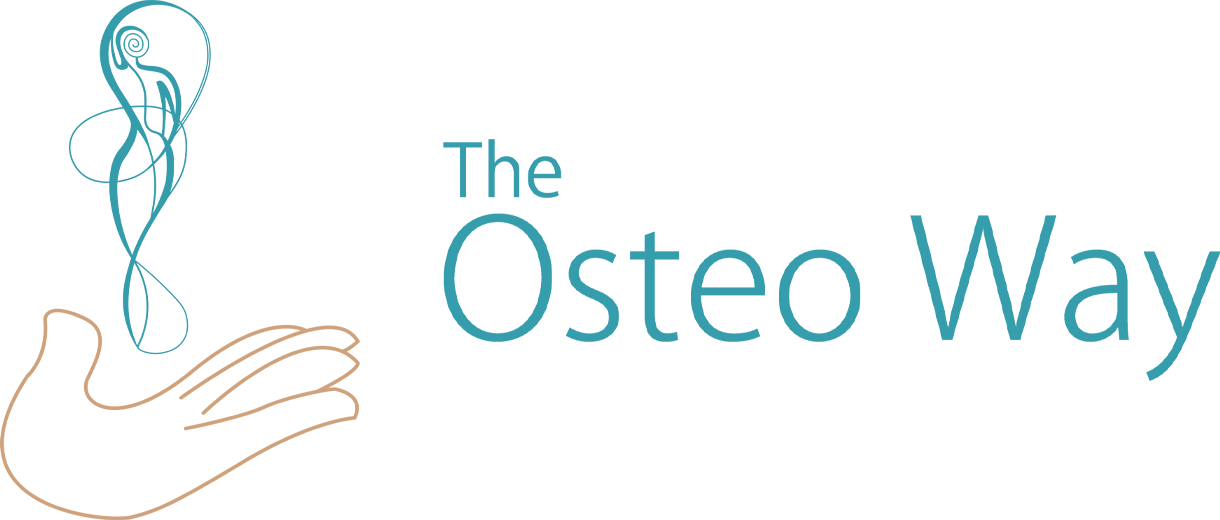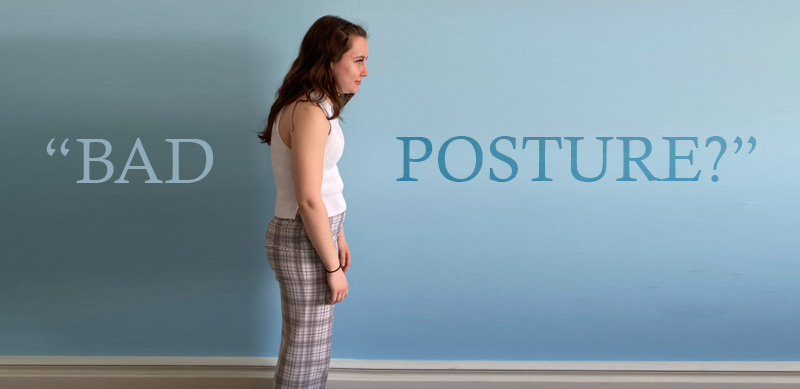
Let’s look into what influences our posture and what we can do to support it in an empowered way.
The body works as a dynamic whole system where all body parts are connected and is therefore influenced by several variables like muscle tension, lack of sleep, digestion, emotions….
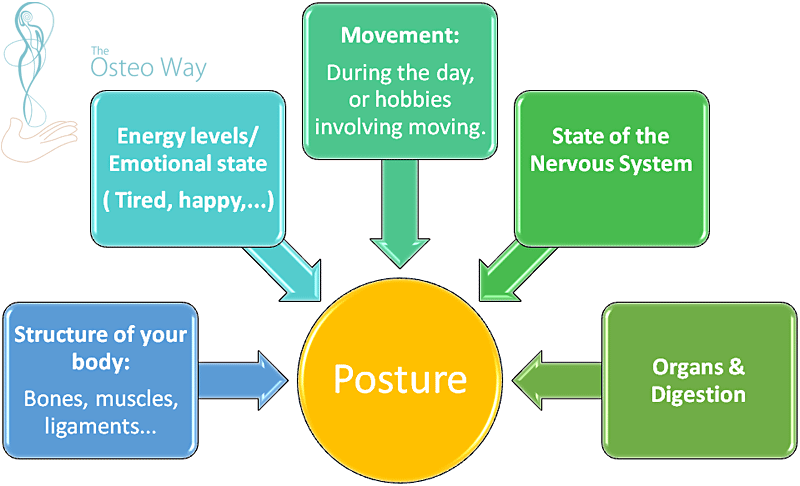
Chains of muscles within the body automatically work in a synchronized way. When we walk, the sway of our arms automatically syncs up with our legs. The upper and lower body work together, the front and back chains of muscles fire one after the other and the same goes for inside and outside chains of muscles(adductor/glutes). If one area is restricted, this lack of mobility in the body will affect the rest of the body, causing the body to compensate to keep us moving, without us having to do or think about any of it.
Back to our posture: this means that a forward head or a slouched shoulder could be related to a tight hip flexor, a tight diaphragm, ect…. We need to consider the whole body and not just different, isolated parts to improve posture.
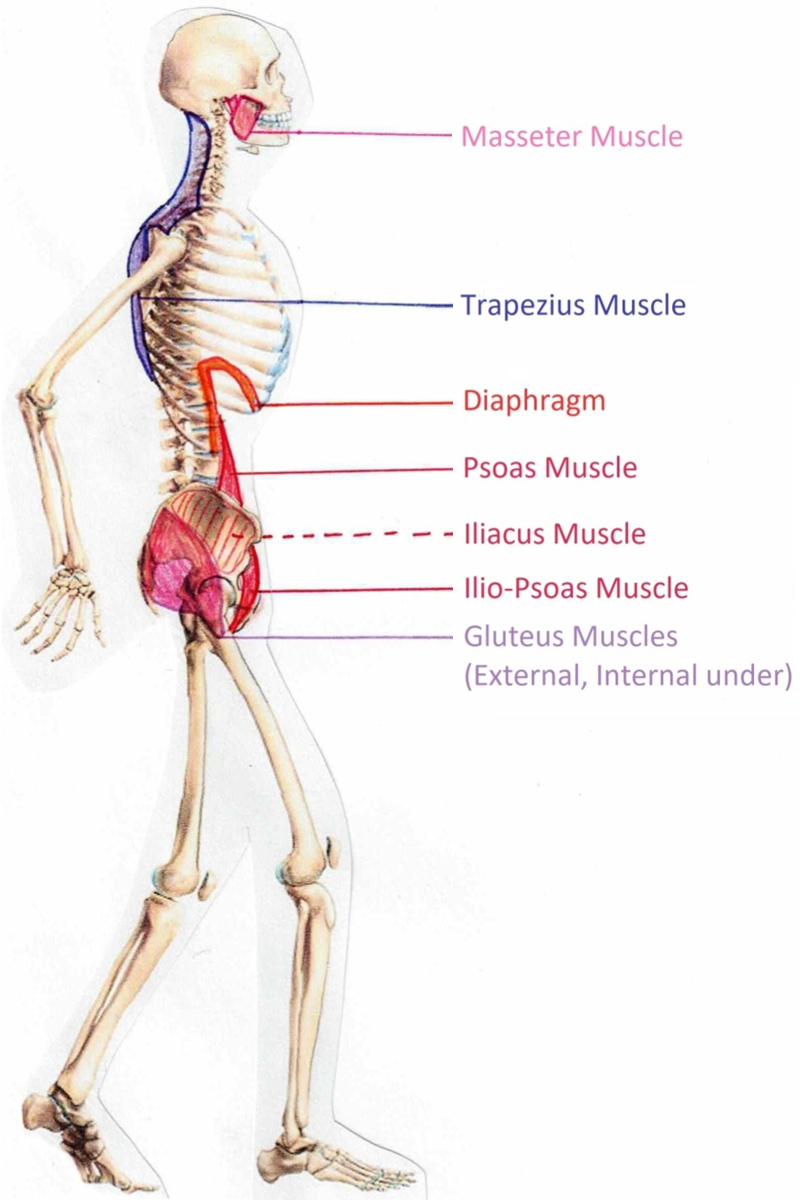
One less-talked-about influencing factor is energy levels (think: being tired/full of energy) and our well-being/emotions. Have you ever noticed how we look more slouched by the end of the day, or how we have a better stance after a holiday? There is a direct link between how rested we are and our posture. Valuing rest is important, as it allows us to improve our posture.
Have you ever noticed the posture of people waiting for their loved one at the airport and when they see them? Head up, open chest, gaze upwards.

Now think about people in a hospital, waiting or worrying for a loved one. They might be sitting, gaze down, with facial tensions, arms, and legs crossed.
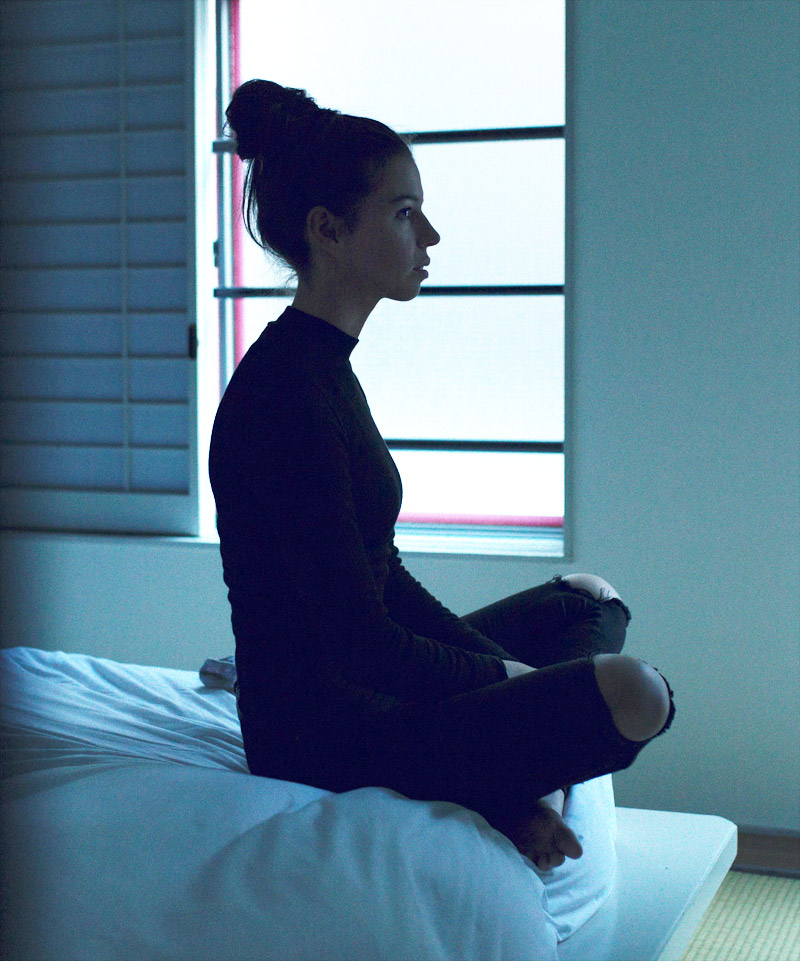
Now for a less dramatic one: think about people’s posture in public transport at the end of a long day.
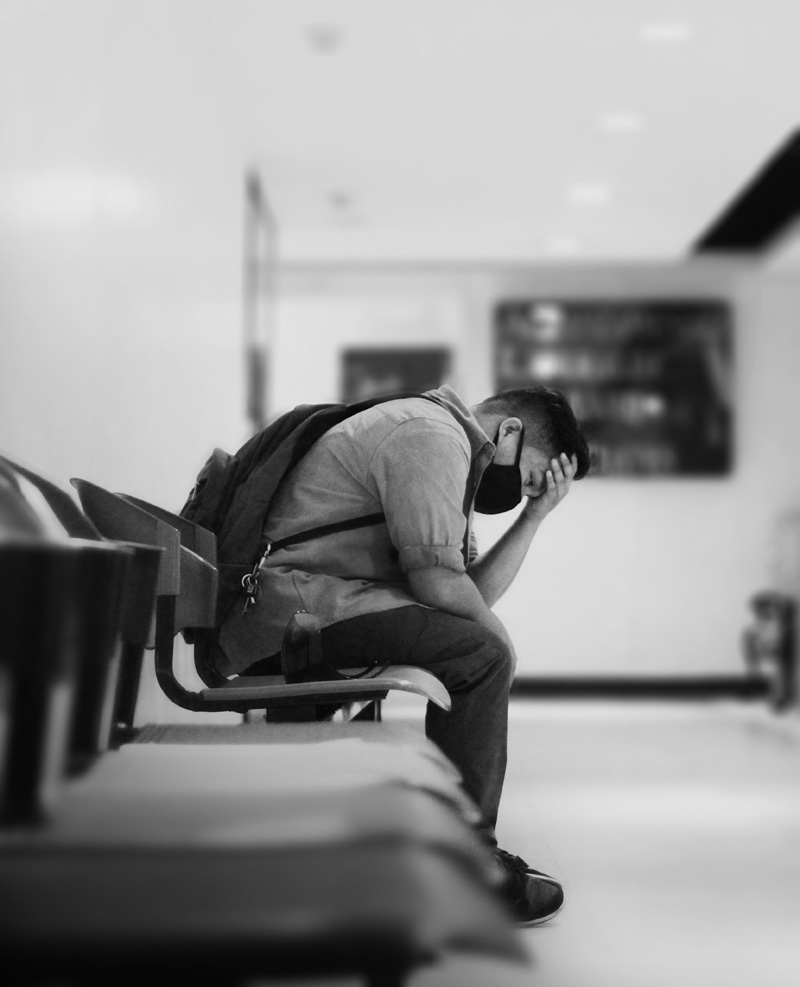
Caring about our well-being and emotional needs supports a healthy posture.
We can oversimplify part of the nervous system with the sympathetic nervous system being the fight/flight/freeze mode and parasympathetic nervous system being our rest and digest mode. In the mobilization state of fight/flight, muscle groups are activated or ready to be engaged very quickly in an automatic, unconscious mechanism for survival.
During a busy day, our nervous system interprets this rhythm as a danger and engages our mobilization state. Our nervous system dates from the cave man era, when a fast pace usually meant that there was a threat nearby. In a fight/flight response, some muscle groups like the hip flexors, glutes, diaphragm, trapezius muscles and masseter muscles (they allow you to close your jaw), might contract for extended periods of time during our day without us even noticing. These muscles become overtired and will under-fire when they need to mobilize for physical exercise, or daily life tasks. Secondary groups of muscles will have to take over to compensate.
For example: Sitting at our computer desk all day with deadlines, we might unconsciously contract our glutes. Then if we decide to go for a run at night, we will find our IT band getting quite tight. The glutes are in a spasm (short and tight muscles lose power), and the IT band (stabilization muscle) comes to the rescue, but it is not really built for it and will cause discomfort. I see you pulling out your foam roller!
Our organs/digestive tracts are attached to our structure, which involves the intestines on the front of the lumbar spine for example. This could mean inflammation in the guts could cause a forward pull of the lumbar spine. Or, women with their menstruation or ovulation could experience lombo-sacral pain from the gyno system suspensory ligaments.
Now, you’ll tell me “oh well that’s dandy, but how do I help myself?”
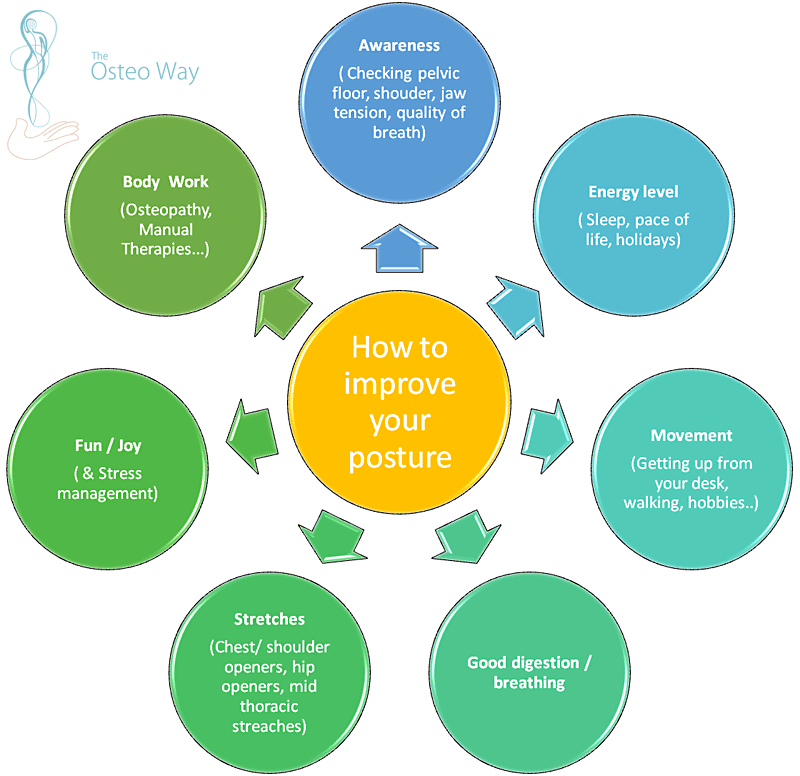
- Awareness: I believe the first step is to check up on ourselves during the day. “Are my shoulders tense? Am I clenching my jaw? Am I holding my breath? Am I clenching my pelvic floor, glutes or hip flexors?” A phone reminder, or post-it might be helpful to get into the habit. This builds two things: loosening tensions as they occur versus the end of the day when we are all locked up; and an improvement in a whole-body awareness where you’ll catch yourself without reminders over time, get to know your body better, and starts feeling your body while moving more.
- Movement: We are made to move, and lack of movement will affect our posture. Stand/sit at your desk, get up to talk to a colleague versus sending an email, get up to get water…. Find a way to move your body. Like to bike?-–great; skate?–wonderful; ski?–perfect; dance?–awesome! If you enjoy it, you’ll get two-in-one benefits. Variety of movement is good too, which is why athletes do cross training. Activities like yoga, stretching, Pilates and swimming all build long muscles that can balance muscle-building repetitions at the gym.
- Specific Body Stretches: opening/stretching the hips, shoulder/chest, and improving diaphragm/mid-back mobility will help your overall posture as those are usually key areas for functional posture. Even if it’s only for a minute.
- Rest and Joy: Easier said than done, but as we mentioned previously, they influence your overall posture. What do you do for fun?
- Body Work: Sometimes, patients will benefit from body work like osteopathy to free restriction in the body. For example, some work on the muscles of the hip/pelvis, spine, diaphragm, connective tissues/ligaments of the chest will allow more range of motion and support a balanced nervous system. Lastly, dysfunctions in organs will negatively affect a person through their attachments to the ribs, spine, pelvis, and more.
Exercise: One cue that is very helpful for a functional whole body posture and upper body mobility is to think about lifting your gaze to be horizontal, which will elevate your chin, then raise upward your sternum up to the sky (if you had a necklace, you’d want to push it up and forward). This often opens up your chest better than pulling your shoulders back as that is less sustainable all day. You’ll notice your core and pelvic floor will now have to fire too to maintain it.
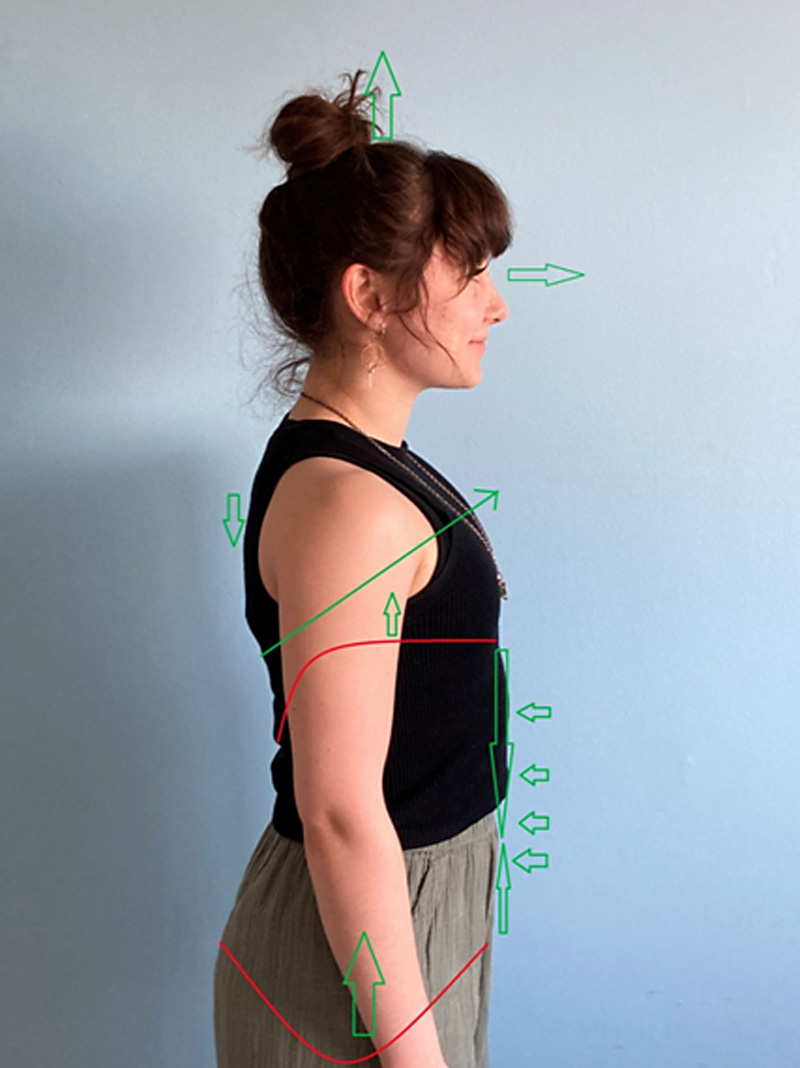
The body is not a stack of dominos that have to be perfectly stacked up. It’s a complex mechanism involving different structures, our energy levels, our emotional well-being, to name a few. When movement is free, your body’s proper function can be achieved.
